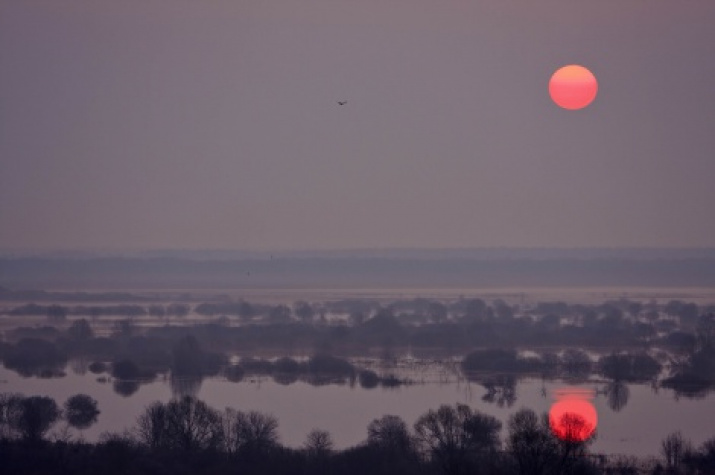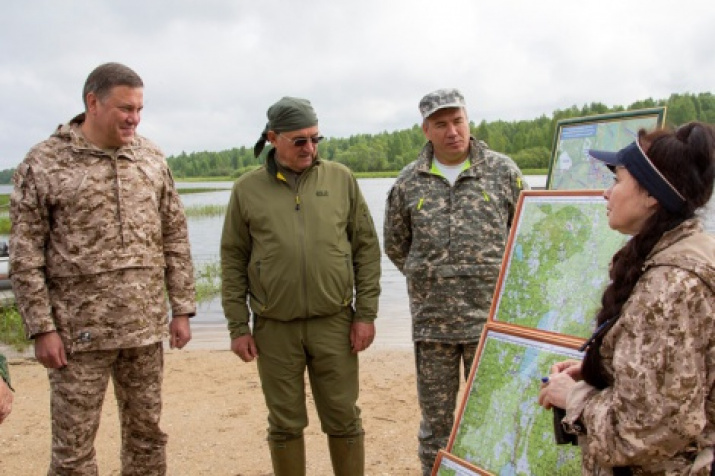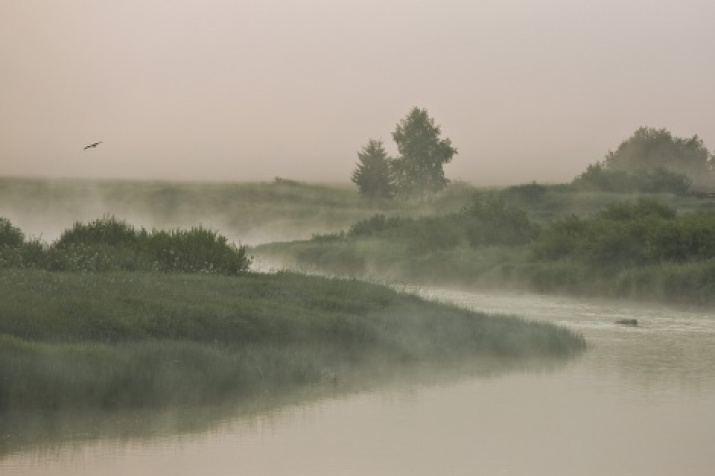One of the brightest projects of the Russian Geographical Society of the year of 2016 – is the expedition «The Cold Pole joins the oceans». Its objective is to pass from the coast of the Pacific Ocean to the Arctic Ocean by inland waterways, on the territory of the Khabarovsk Krai and Yakutia. All the participants are the members of the Yakutian branch of the Russian Geographical Society. The head of the traveling – is the Chairman of the Governing Council of the Society Yuri Vorobyev.
According to the results of the expedition it is planned to issue the documentary with the working title «From the Pacific to the Arctic».
Yuri Vorobyev told in details about the expedition in his interview for the website of the Russian Geographical Society.
The route: no roads, only on rivers
-The length of the route, which has been planned by us, makes 2800 km. The expedition will start in July and will last a month somewhere about. The list of participants is well-tried: rescue workers, scientists, doctors – 12 people in general. All the participants have experience in water tours of the second – fifth categories of complexity. The most part of the route we are about to pass on boats; and where it will be impossible to sail, we will drag them portage.
The difficulty of the route depends on the season. Those places, which at high water are measured in the fifth category of complexity, quite easily are being passed in summer – almost the «first grade».
The expedition comes from Okhotsk - we go up the Okhota River, which originates from the so-called bifurcation in the watershed, located at an altitude of about 1500 meters above sea level.
Bifurcation is a branching riverbed and river valley into two branches, which are not further connected, they are forming independent streams, falling into the various ponds and river networks. Basically, there is a bifurcation on flat, low watersheds.
This bifurcation is located near Oimyakon, a famous Pole of Cold. That is why, by the way, our expedition is named «The Cold Pole joins the oceans». I hope there will be no big chill in July, because it is still is summer… We are going west first, then the route turns northwest.
There are several poles of cold on Earth. There is Russian Antarctic station «Vostok» inland is agreed to be the pole of cold in the Southern Hemisphere. In 1983 there was recorded the temperature -89.2 degrees Celsius, that is being a world record. In In the Northern Hemisphere the main contenders for the title of the pole of cold – is the Yakutian city Verkhoyansk and the Oymyakon village of the same region of Russia. There was registered the temperature -77.8 degrees Celsius in Oymyakon in the year of 1938. Considering, that the «Vostok» station is located at an altitude of 3488 m above sea level, for given values of temperature, Oymyakon claims to be the absolute cold pole.
There will be not many settlements on our way. First of all, that is Oymyakon itself. Further the route crosses a famous Kolyma highway (Yakutsk - Magadan). Of course, there are settlements there. But there are great distances there between them, as everywhere in those regions. Our route is not accompanied by roads itself. In several parts there are roads coming up to it – everywhere: in the region of Kolyma highway, and next to Oymyakon, and further to the north.
Among other interesting places we will get to the ancient Russian village Russkoye Ustye, where the community of Indigirka settlers persists. There the dialect, dating back to the language of Novgorod citizens of the XVI century, is being preserved in that village.
We will be spending the nights in the tents, as there are no hotels in those places. Or on the boats, that depends on where we would find the night. Wild animals are, of course, found on the route of our expedition. Includingsuchbigasbears, tigers. Howevertheyneverattackman. If we see them, we will be just happy.
The objective: a new path for freight and touristы
- The idea of the expedition from ocean to ocean came from the colleagues from the All-Russian Union of Rescuers. If all comes successfully, the idea pulls on geographical discovery. The fact is that usually the route from the Pacific Ocean to the Arctic Ocean goes on sea, around Chukotka and Kamchatka. But nobody has gone directly, through the continent, yet. At least, in modern times. And we are going not only to pass, but to describe all this route as well – from the scientific, geographical point of view. The idea of the expedition was supported by the grant of the Russian Geographical Society.
The main goal of the expedition – is to prove that there is inland waterway channel between the Pacific and Arctic oceans. At least that is an interesting touristic route, which will be demanded in future, I am sure of that. As a maximum, may be, we will manage to discover a new and perspective transport highway.



